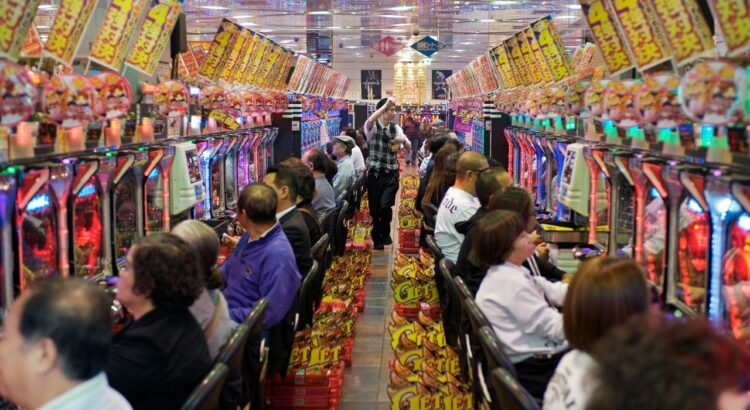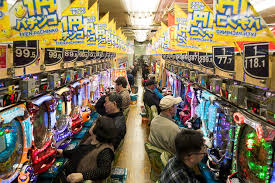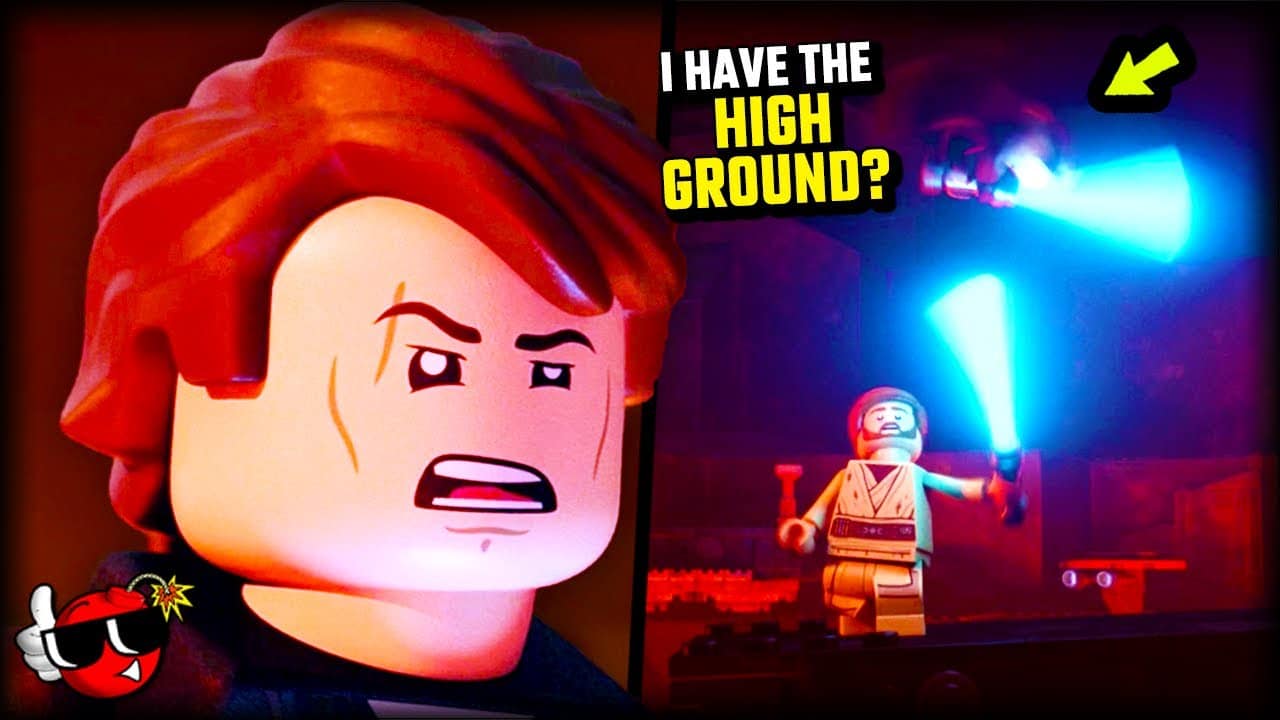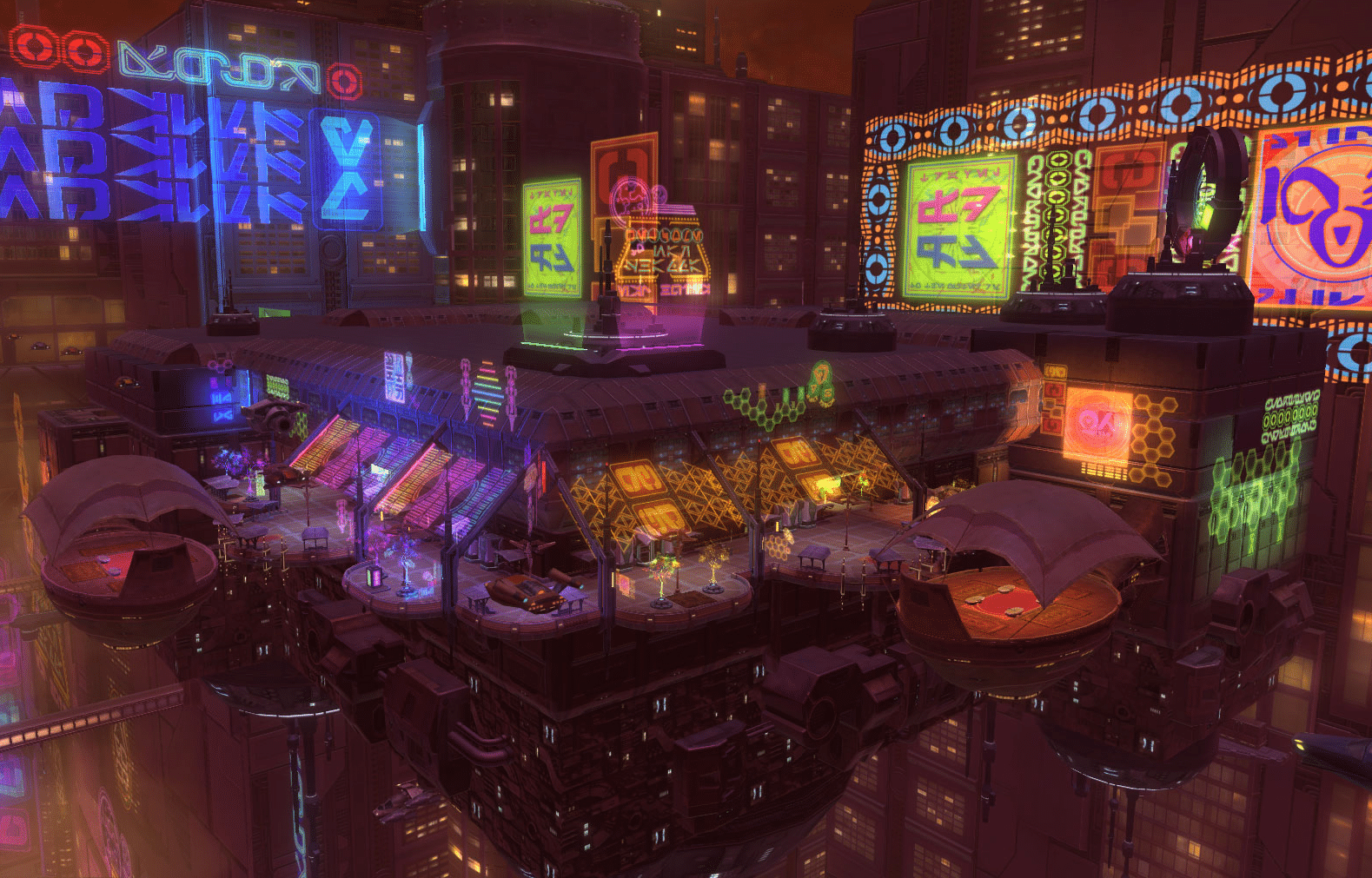When the iconic imagery of “Star Wars” collides with the mechanical buzz of pachinko machines, the result is nothing short of spectacular. This article explores the intriguing intersection of a beloved global film saga with a quintessentially Japanese gaming pastime. Here’s a glimpse into what we’re unpacking:
- Cultural Convergence: How did the epic tales from a galaxy far, far away find their home in the bustling pachinko parlors of Japan?
- Game Mechanics and Thematic Integration: Examination of how “Star Wars” elements are woven into the gameplay of pachinko machines, enhancing the traditional experience.
- Marketing Strategies: Insights into the unique promotional tactics used to entice both “Star Wars” aficionados and avid gamers to these themed machines.
- Broader Appeal: Discussion on why these machines resonate not just with fans but also with a wider audience, transcending cultural and geographical boundaries.
- Impact and Legacy: The lasting effects of this fusion on both “Star Wars” fandom and the pachinko industry.
Dive into this exploration of how “The Cultural Fusion of Star Wars and Pachinko Machines” not only entertains but also bridges distinct cultures, creating a new form of engagement for fans and gamers alike.
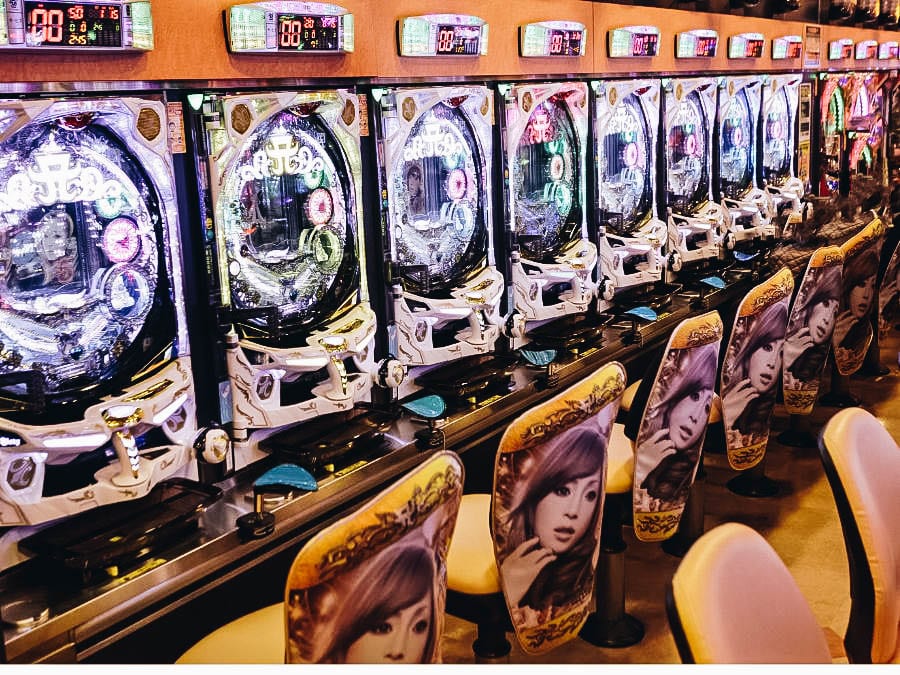
A Tale of Two Cultures
When “Star Wars” first burst onto the silver screen in the late 1970s, it wasn’t just another blockbuster; it introduced a new era of storytelling, special effects, and cultural mythos that quickly captivated audiences worldwide. Meanwhile, halfway across the globe, Japan’s gaming culture was developing its own unique flavor, centered around pachinko, a game resembling a vertical pinball machine, deeply rooted in the leisure habits of the Japanese people.
The fusion of “Star Wars” with pachinko machines is a fascinating study in cultural synergy. But what exactly drew these two giants together? The appeal of pachinko lies in its combination of simplicity and complexity, where players shoot balls into the machine, attempting to capture them in specific locations to trigger sequences of events often accompanied by flashing lights and dynamic sounds. The game’s inherent excitement and randomness make it a perfect canvas for the dramatic narratives of “Star Wars.”
The integration of “Star Wars” themes into these machines represents a strategic blending of narrative depth with kinetic entertainment. “Star Wars” isn’t just about space battles and cosmic drama; its themes of destiny, morality, and personal struggle resonate across cultures. These universal themes are beautifully mirrored in the high-stakes play of pachinko, where fortune can turn with the fall of a single ball.
Japanese pachinko parlors, often loud and brightly lit, are places of entertainment and escape, much like the cinemas that first showed “Star Wars.” Adorning these parlors with imagery from the “Star Wars” saga transforms them into mini-theaters of drama and excitement. Imagine the thrill of seeing Darth Vader or Luke Skywalker in full battle array on a pachinko machine, with John Williams‘ iconic score playing in the background. It’s not just a game; it’s an experience, a way to live out the saga’s most thrilling moments in a new and interactive form.
Moreover, the collaboration between “Star Wars” and pachinko machine manufacturers is a brilliant move in cultural adaptation. By taking a beloved Western franchise and embedding it into a quintessentially Japanese game, these machines offer a bridge between cultures, appealing not only to hardcore “Star Wars” fans but also to those who might never sit down to watch the films but will happily engage in a game that promises similar excitement and narrative engagement.
The cultural fusion seen in “The Cultural Fusion of Star Wars and Pachinko Machines” is thus not merely about entertainment. It’s about creating a shared space where different cultures can interact, overlap, and enrich each other, bringing global and local elements together in a dialogue that is both profitable and profound. This meeting of “Star Wars” and pachinko showcases the power of entertainment to cross borders and generations, making it a true cultural phenomenon.
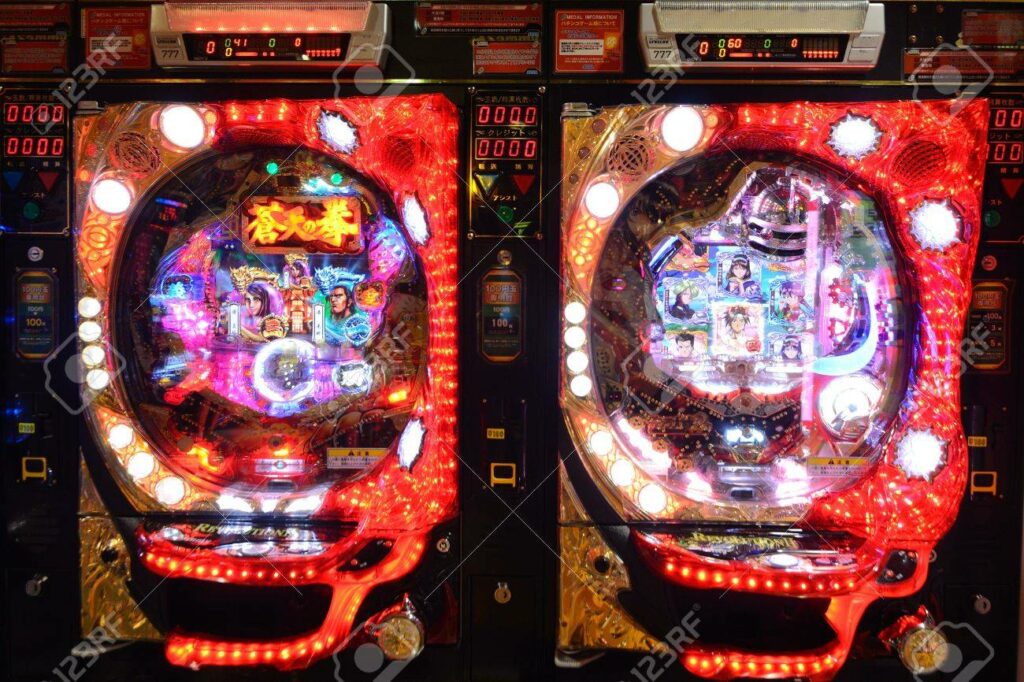
Marketing the Force
The marketing genius behind the “Star Wars” themed pachinko machines taps into more than just the widespread popularity of the franchise; it employs a sophisticated blend of nostalgia, novelty, and narrative to captivate a broad audience. These strategies are not only about advertising a product but about creating an immersive world that players can step into, making each game a new chapter in their own “Star Wars” saga.
The allure starts with the physical design of the machines. Each unit is a marvel of modern engineering and art, featuring high-resolution displays, state-of-the-art sound systems, and intricate artwork that depicts iconic “Star Wars” scenes and characters. The machines are designed to stand out in the crowded and competitive pachinko parlors, where the bright lights and the cacophony of sounds can overwhelm the senses. In such a setting, a “Star Wars” pachinko machine acts like a beacon for fans, drawing them in with familiar images and sounds from their favorite films.
Moreover, the marketing campaigns for these machines often leverage multimedia promotions that include not just traditional advertising but also digital content and social media blitzes. Teasers of new machines are released on platforms where they’re sure to catch the eye of the tech-savvy, gaming-oriented demographic that frequents pachinko parlors. Exclusive content, such as behind-the-scenes looks at the making of these machines or interviews with the designers discussing how they brought scenes from the films to life, adds a layer of engagement that goes beyond the game itself.
Launch events are another critical component of the marketing strategy. These are often lavish affairs with appearances by “Star Wars” characters—actors in costume interacting with fans, photo opportunities, and sometimes even themed performances. The timing of machine releases is also strategically planned to coincide with other “Star Wars” media releases—such as new movies, series premieres, or special anniversaries—capitalizing on the heightened interest and media buzz around the franchise.
Special editions and limited-run models of the machines also play a significant role in the marketing strategy. These offer exclusive gameplay features, such as unique bonus games or special jackpots, and often feature rare artwork or autographs from the “Star Wars” cast. Collectors and die-hard fans are particularly drawn to these editions, which not only serve as gaming devices but also as collector’s items.
The success of these marketing tactics lies in their ability to transform each visit to a pachinko parlor into a mini “Star Wars” festival. By turning the act of gambling into an event, these machines do more than simply offer a chance to win money—they offer an escape into the “Star Wars” universe. This strategy not only ensures the machines’ popularity but also strengthens the bond between the franchise and its fans, making each game a nostalgic return to a beloved galaxy far, far away.
In sum, the marketing of “The Cultural Fusion of Star Wars and Pachinko Machines” is a comprehensive effort that extends well beyond mere advertising. It is about crafting an experience that resonates on a visceral level with fans and newcomers alike, ensuring that the Force isn’t just with them—it’s all around them.

The Appeal Beyond the Game
The allure of “Star Wars” themed pachinko machines extends well beyond the immediate thrill of the game. These machines encapsulate a unique blend of storytelling, community, and technology, creating a cultural phenomenon that resonates with a diverse audience, including gamers, movie buffs, and collectors. This broad appeal is not merely about the excitement of gameplay but also about the emotional and nostalgic connections that “Star Wars” fosters.
Firstly, for many fans, these pachinko machines offer a direct, tactile connection to the “Star Wars” universe. Unlike watching the movies or playing video games at home, pachinko machines provide a communal, physical experience. They allow players to engage with their favorite characters and storylines in a palpable way—pulling levers, watching the balls cascade, and hearing the clink and chime of the gameplay. This physical interaction adds a layer of sensory involvement that can’t be replicated by other forms of media.
Furthermore, the machines often serve as a nostalgia trip for fans who have followed the “Star Wars” saga from its inception. The imagery and music evoked in the gameplay bring back memories of the first time they encountered the films, reigniting the magic and wonder of those experiences. For newer fans, particularly in Japan, these machines are an introduction to the expansive “Star Wars” lore, offering a narrative depth that can lead them to explore the movies and other related content.
Community also plays a significant role in the appeal of these machines. Pachinko parlors, like arcades, are communal spaces where people share experiences and victories. The presence of “Star Wars” themed machines turns these spaces into informal fan conventions, where enthusiasts can meet, compete, and share their love for the saga. This sense of community builds a social atmosphere that makes each session at a pachinko parlor about more than just playing; it’s about participating in a shared cultural event.
Additionally, the integration of “Star Wars” into pachinko machines reflects a broader trend of globalization in entertainment. These machines are a testament to the universal appeal of the “Star Wars” brand, showcasing how American cinema can merge seamlessly with Japanese gaming culture to create a product that is eagerly consumed by a global audience. This crossover is not only fascinating from a business and cultural perspective but also underscores the unifying power of popular culture, bridging gaps between different societies and traditions.
The appeal of these machines is also enhanced by their role in the collectibles market. Many pachinko machines, especially those featuring “Star Wars,” are considered collectible items. The limited edition models, often released with special features or designs, become sought-after items for collectors around the world. This transforms them from mere entertainment devices into valuable investments, adding a layer of financial appeal to their cultural and nostalgic value.
In conclusion, the appeal of “The Cultural Fusion of Star Wars and Pachinko Machines” transcends the boundaries of traditional gaming. It taps into deep veins of nostalgia, creates communal experiences, bridges cultural divides, and satisfies a collector’s urge for rare items. This multifaceted appeal not only explains the success of these machines in pachinko parlors across Japan but also highlights their significance as cultural artifacts in the global landscape of entertainment.
Conclusion
In the bustling pachinko parlors across Japan, amidst the clatter and shimmer of metal balls and neon lights, “The Cultural Fusion of Star Wars and Pachinko Machines” stands out as more than just an arcade game. It’s a striking example of how cultural phenomena can transcend geographical and linguistic barriers, weaving together elements from vastly different worlds to create something entirely new and exciting. This fusion not only represents a successful business venture but also highlights the dynamic interplay of globalization in modern entertainment.
Through the lens of these machines, we see how “Star Wars” — a franchise born in the West — has been seamlessly integrated into Japan’s gaming culture, resonating with players and fans in a way that few other series have. This successful integration is testament to the universal themes of “Star Wars”: the battle between good and evil, the journey of self-discovery, and the quest for freedom, which echo deeply in the human psyche, irrespective of culture or country.
Furthermore, these pachinko machines do more than simply entertain. They serve as cultural bridges, offering fans and gamers alike a new medium through which to engage with their favorite narratives. Each pull of the lever or cascade of balls is a narrative in motion, a story unfolding, making every game a unique encounter with the beloved “Star Wars” saga.
The phenomenon also underscores the significance of nostalgia and communal experience in entertainment. For many, these machines are a portal to childhood memories of “Star Wars” films, rekindling feelings of awe and wonder associated with their first encounters with the series. For others, the communal aspect of pachinko gaming fosters a sense of belonging and connection, uniting players in shared enjoyment and competition.
Moreover, the marketing prowess displayed in promoting these themed machines is a lesson in cultural adaptation and innovation. The strategic placement of “Star Wars” in the pachinko market illustrates how tailored marketing approaches can effectively attract diverse consumer bases, turning entertainment into an art form that extends beyond the screen and into the realm of personal interaction.
As we look to the future, the success of “The Cultural Fusion of Star Wars and Pachinko Machines” provides valuable insights into the potential for further cultural crossovers. It invites creators, marketers, and entrepreneurs to think creatively about how other beloved franchises might be similarly adapted, suggesting new possibilities for cultural fusion that could appeal to global audiences.
In essence, the journey of “Star Wars” into the heart of Japan’s gaming culture is a vibrant example of how stories can live and evolve, how they can inspire and connect us in the most unexpected of ways. As this fusion continues to thrive, it reminds us that in the vast expanse of the entertainment universe, the possibilities are as limitless as the stars in the sky. Isn’t that, after all, what the spirit of “Star Wars” is truly about?
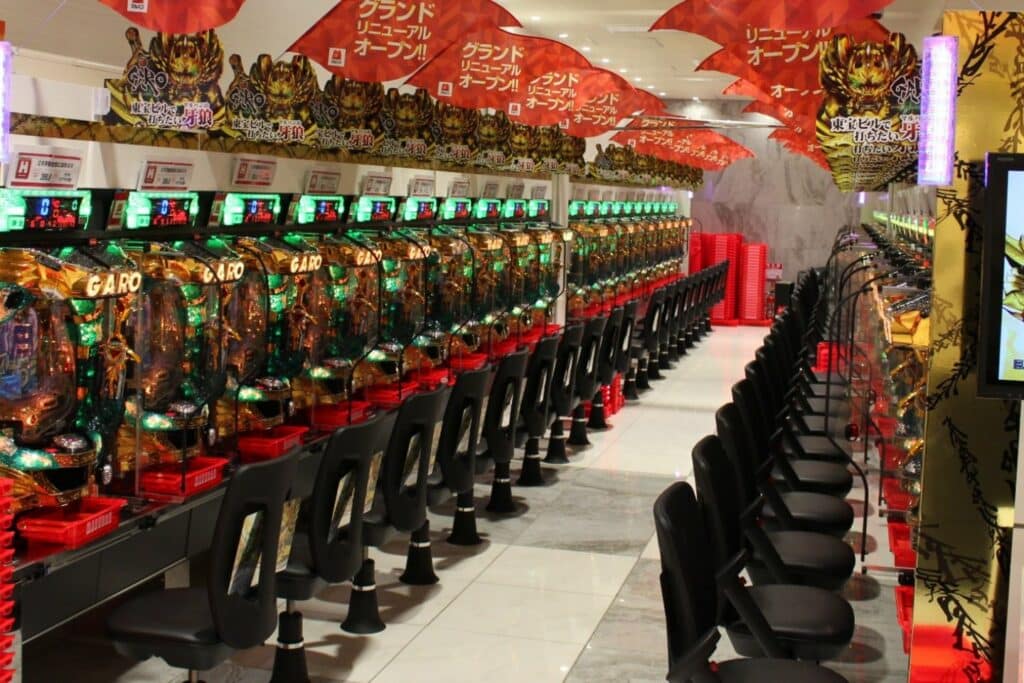
FAQ: The Cultural Fusion of Star Wars and Pachinko Machines
1. What are pachinko machines? Pachinko machines are a popular type of mechanical game found in Japan, resembling a vertical pinball machine. Players release steel balls into the machine, which cascade down through a variety of pins and obstacles. The goal is to capture these balls in certain locations to win prizes or more balls.
2. How did Star Wars themes become integrated with pachinko machines? The integration of “Star Wars” themes into pachinko machines began as part of a broader trend to incorporate popular Western media into Japanese gaming culture. By adopting globally recognized themes such as “Star Wars,” pachinko manufacturers aimed to attract a broader audience, including fans of the franchise and moviegoers.
3. Why are Star Wars themed pachinko machines popular in Japan? The popularity of “Star Wars” themed pachinko machines in Japan can be attributed to several factors. Firstly, the global appeal of the “Star Wars” saga resonates with Japanese audiences. Additionally, the exciting, dynamic nature of the films translates well into the fast-paced action of pachinko gameplay. These machines also offer a unique combination of gaming excitement and cinematic nostalgia.
4. What makes the marketing of these machines unique? The marketing strategies for “Star Wars” themed pachinko machines are unique due to their use of multimedia promotions, thematic launches aligned with movie releases, and immersive experiences that include special editions and collector’s items. These tactics create an engaging environment that extends beyond traditional advertising, tapping into the fanbase’s enthusiasm for the franchise.
5. Are these machines only popular among Star Wars fans? While “Star Wars” fans undoubtedly constitute a significant portion of the clientele for these themed pachinko machines, the appeal extends beyond just fans of the franchise. Gamers who appreciate the technical aspects of pachinko machines, collectors of unique or limited edition gaming paraphernalia, and those drawn to the cultural fusion of American cinema with Japanese gaming also find these machines attractive.
6. How do “Star Wars” themed pachinko machines impact the local culture? “Star Wars” themed pachinko machines impact the local culture by serving as a bridge between Western entertainment and Japanese gaming traditions. They contribute to a shared global culture, promoting cultural exchange and understanding. Additionally, they influence local entertainment trends and encourage the development of similarly themed leisure activities.
7. Can you collect these pachinko machines? Yes, certain models of “Star Wars” themed pachinko machines are considered collectibles, especially limited edition models that feature unique designs, artwork, or game features. These machines are highly sought after by collectors and can be a valuable addition to any collection of Star Wars or gaming memorabilia.
8. Where can you find “Star Wars” themed pachinko machines in Japan? These machines can typically be found in pachinko parlors throughout Japan. Major cities like Tokyo, Osaka, and Kyoto, known for their vibrant gaming scenes, have numerous parlors that feature themed machines, including those adorned with “Star Wars” imagery and sounds.


